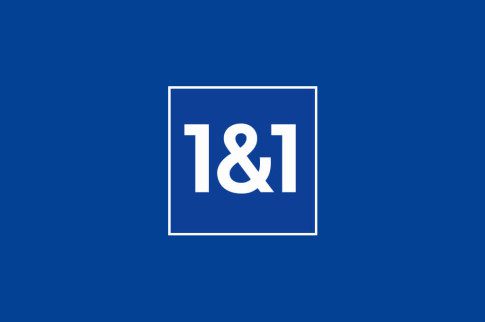4 Key Features To Look For In EPCR Software

Electronic Patient Care Reporting (EPCR) software plays a crucial role in the day-to-day operations of Emergency Medical Services (EMS) providers. It is a reliable and efficient tool for documenting patient care, ensuring accurate and comprehensive records that ultimately improve patient outcomes. With the ever-evolving healthcare landscape, it is crucial for EMS agencies to carefully evaluate and select the right EPCR solution that meets their unique needs.
When considering EPCR software options, four key features deserve careful consideration. Firstly, seamless integration with existing EMS systems and workflows is vital to ensure a smooth transition and minimize disruptions in operations. Secondly, robust data security measures, including encryption and user authentication, are essential to safeguard patient information and maintain compliance with privacy regulations.
Customizable templates and forms that align with industry standards and agency protocols can significantly streamline documentation processes, saving valuable time and effort for EMS providers. Finally, comprehensive reporting and analytics capabilities offer valuable insights into operational performance, enabling agencies to identify areas for improvement and make data-driven decisions.
By carefully evaluating these key features, EMS agencies can select an EPCR software solution that meets their immediate needs and provides scalability and flexibility for future growth and advancements in patient care reporting. Let’s dive right into the details.
1. PCR & NFIRS Reporting
A robust EPCR solution should provide comprehensive PCR (Patient Care Report) and NFIRS (National Fire Incident Reporting System) reporting capabilities. This feature allows EMS providers to document patient care data quickly and accurately, which is crucial for quality assurance, regulatory compliance, and reimbursement purposes.
In addition to standard data fields, the software should allow for customization to accommodate your agency’s unique needs. It should also support real-time data validation to ensure the accuracy and completeness of the information entered. Moreover, generating various reports, such as performance metrics and trending analysis, can provide valuable insights for decision-making and continuous improvement.
2. Cloud Dispatch
The second key feature to look for in EPCR software is cloud dispatch. This technology enables EMS providers to manage their operations from anywhere, anytime, using any device with internet access. It enhances communication and coordination among dispatchers, field crews, and hospital staff, improving response times and patient care.
Cloud dispatch also provides real-time updates on unit status and location, which can help in making informed decisions during emergencies. Furthermore, it facilitates seamless integration with other systems, such as CAD (Computer Aided Dispatch) and GPS, enhancing the efficiency and effectiveness of EMS operations.
3. Billing Software
Billing is a critical aspect of EMS operations, and having integrated billing software in your EPCR solution can significantly simplify the process. It should allow for the automatic extraction of patient care data from PCR, eliminating the need for manual data entry and reducing the risk of errors.
The software should support billing functions, including claim generation, submission, tracking, and reporting. It should also comply with all relevant regulations, such as HIPAA (Health Insurance Portability and Accountability Act) and CMS (Centers for Medicare & Medicaid Services) requirements, to ensure secure and compliant billing practices.
4. Personnel Management
Effective personnel management is crucial for any EMS agency, and good EPCR software should provide features to facilitate this. These include scheduling, time and attendance tracking, certification management, and performance evaluation.
These features help manage staffing levels, ensure compliance with labor laws, maintain employee certifications, and evaluate performance. Moreover, they can contribute to employee satisfaction and retention by providing transparency and fairness in scheduling and performance assessment.
4 Key Features To Look For In EPCR Software – In Summary
When choosing an EPCR (Electronic Patient Care Reporting) software, it is crucial to consider various factors that can enhance the efficiency and effectiveness of your EMS (Emergency Medical Services) operations, leading to improved patient care and outcomes. Look for a comprehensive solution that offers robust PCR (Patient Care Reporting) and NFIRS (National Fire Incident Reporting System) reporting capabilities and cloud dispatch functionality.
Integrated billing software can streamline administrative processes, and personnel management features can help optimize resource allocation and scheduling. By selecting a software solution that encompasses these essential features, you can ensure seamless coordination and data management within your EMS organization, ultimately delivering high-quality emergency medical services.
Learn More About:
You May Also Like

March 27, 2021
Best Cloud Services For Business

October 19, 2022






















